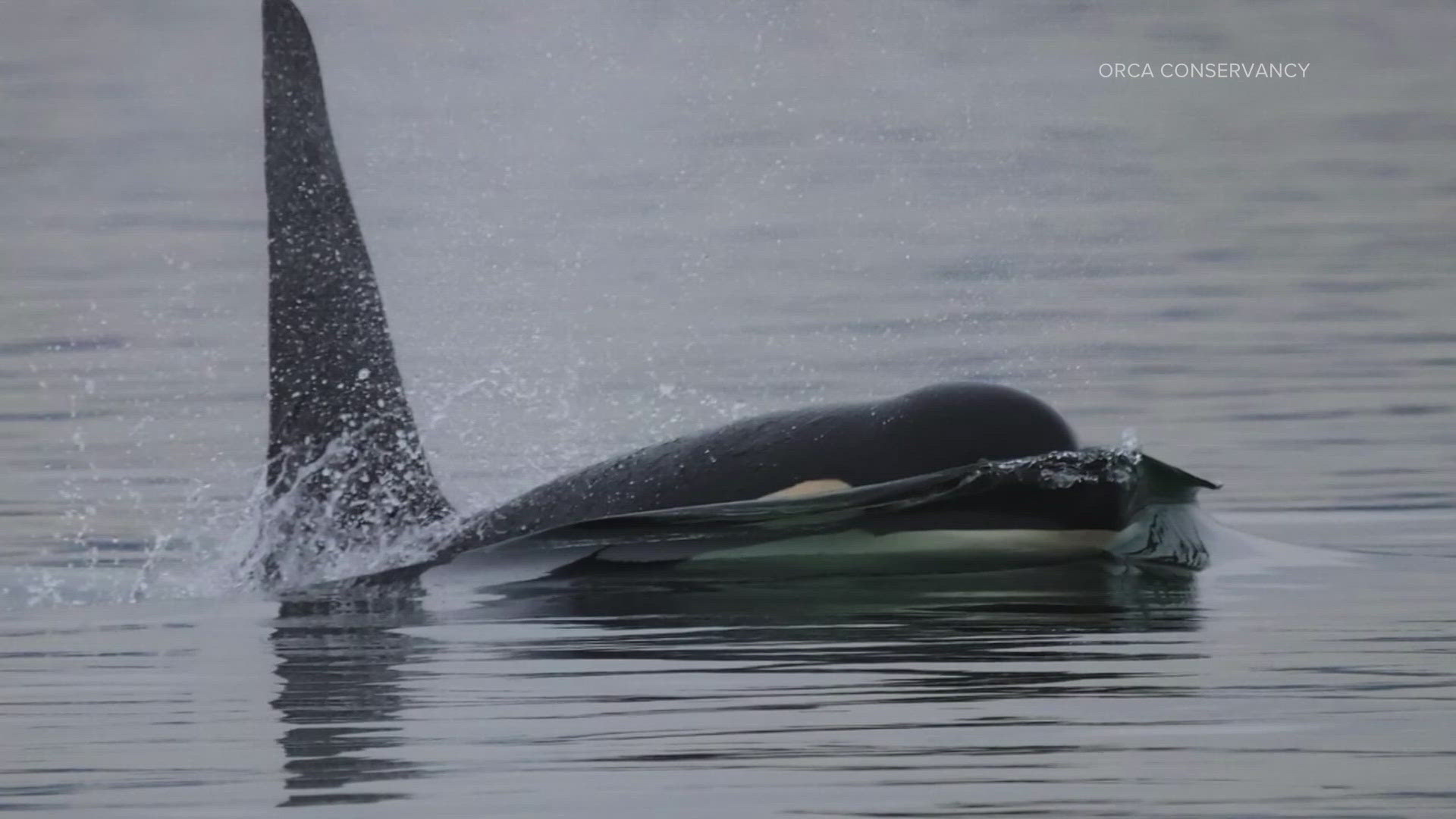There is a rapidly growing threat to salmon in the Columbia River that biologists say could wipe out tens of millions of dollars in restoration efforts.
On the surface of Lake Roosevelt, it may look like a picture-perfect day. Underwater, the scenery is anything but perfect.
The Spokane Tribe built a boat to deal with the invasive predator lurking beneath the surface.
"Hit 'em hard. Hit 'em now. Hit 'em with all we got," said tribal Fisheries Manager Brent Nichols.
Nichols believes northern pike were brought here illegally, considered a fun sport fish to catch.
The tribe has been setting nets for years, trying to wipe out northern pike. But they just keep catching more.
"What happens is you see this explosion of the population size. So, we could go from 200 to 300 fish one year and three years later be looking at tens of thousands of fish in the same system," Nichols explained.
Northern pike are voracious predators. They're often caught with a full belly. They'll even eat animals on the shoreline like ducks and mice. Biologists recently caught one with a bat in its stomach.
They hunt with ambush speed and sharp jaws.
"Recurve teeth which angle back in their mouth. When these fish capture something, they don't let go so it doesn't get away. They can eat fish up to three-quarters of their body length," Nichols said.
In 2016, the tribe caught 1,200. One year later in 2017, that shot up to 5,000. So far in 2018, they've caught more than 600 northern pike.
"I would say it's very concerning. If pike end up in the lower Columbia, with all the stressors and factors that affect salmon populations, this is one stressor you don't want to tip the scales and it could," said Alaska Department of Fish and Game fisheries biologist Kristine Dunker.
Alaska waited decades to deal with northern pike, Dunker says. The fish spread to 120 waters and have eradicated salmon and other native fish in some areas.
The Washington Department of Fish says the fish have also been netted in Lake Washington, but not often. State biologists are currently working with the Muckleshoot Tribe to better understand how many there are. The state is asking any anglers to kill the fish if caught, and not return them to the water alive. So far, state biologists have been unsuccessful at trapping any.
"We're collectively on the same team here. We're working toward the same goal of trying to get rid of them," Dunker said.
Dunker was brought to Spokane to speak at the Lake Roosevelt Forum where she was joined by others calling for immediate action to save salmon, especially for the increasingly endangered Southern Resident Killer Whales.
"The research now points to the Columbia River as being one of the critical sources of Chinook salmon for this population. In the winter months, they are right off the mouth of the Columbia River feeding on spring Chinook," said Oceana senior biologist Ben Enticknap. "We have to act now. There is no time to wait."
Enticknap says the whales have a one in four chance of going extinct within a hundred years.
So far, the fish aren't yet established south near the Grand Coulee dam. But experts say with no action; it's just a matter of time.
"We want to get these fish out of Lake Roosevelt," Nichols said. "The message we've been sending is, it needs to happen now."



